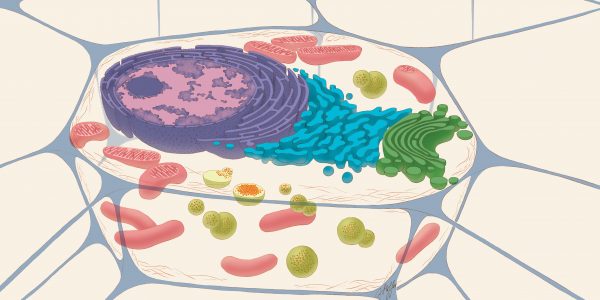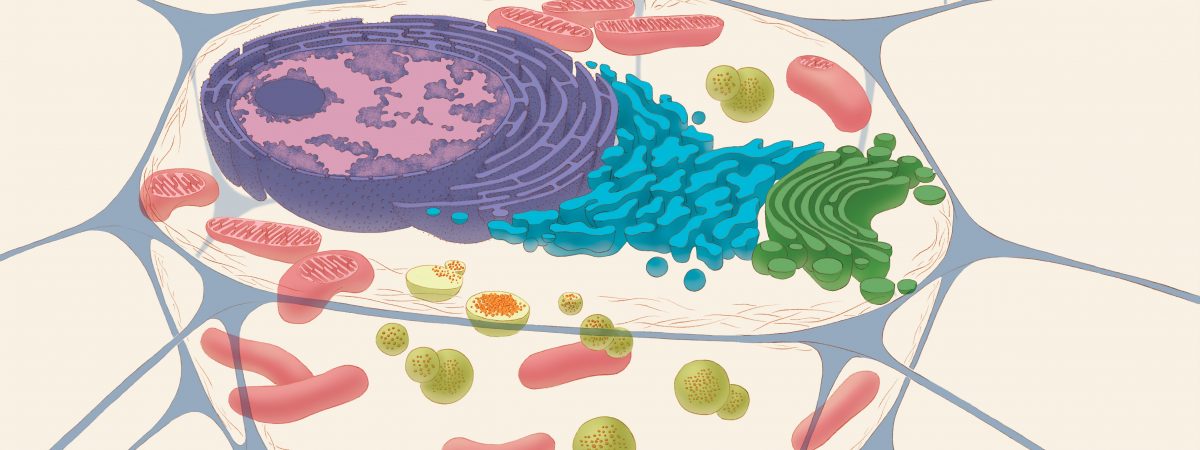The NY Times had a column, “Therapy for People Who Can’t Go to Therapy” discussing challenges for people who need mental care but cannot afford it, especially as remote therapy, digitally, grew in market share to 40% from just 1% in 2019. The column discussed ideas for broader outreach, regardless of income with MoodText, Diamante and Help@Hand.
Mental health is never because of situations or conditions, no matter how much it gets repeated everywhere.
All situations and conditions are subject to constants of the brain. It is contractions and stretches of those constants that determine how they give or jolt mental health.
There are terrible situations where individuals are fine. There are fair situations where individuals are perturbed. There are thoughts that can make anything external perceptibly different—at any point. Whatever is external is subject to thought [incoming, or converted from senses] and thought [in the memory].
The important conversation is how should mental health be understood for thought and memory, so that across states of mind, there are ways to know that thoughts are here—deciding this effect.
This can be available as a display, in virtual reality, or other forms, including text messages, regardless of income.
It would show how thought causes mental health or problems, and how therapy helps as a function of memory.
Talking, walking, viewing nature, seeing the sun and several others don’t always help everyone all the time. They do, but are subject to how they change thought in memory, for effect at that time.
This presents a newer direction for care, not just the common assumptions of what causes mental health and what helps, without a mechanism of experiential indispensables.
In brain science, senses get to the thalamus, and olfactory bulb — for smell, to be processed or integrated. It is after this that they are relayed to the cerebral cortex for interpretation.
It is propounded that sensory processing or integration is into a uniform unit or quantity which is thought or its form. It is what becomes the representation, equivalent, identity, uniformity, or matter for all senses. The political, social, environmental problems are all in the form of thought to the brain.
It is thought that get relayed to the cerebral cortex for interpretation, postulated to be knowing, feeling and reaction.
Knowing is memory, where thoughts are stored in different sizes and relay in different sequences. It is how the thought version of a sense does in memory locations that determines mental health or not. It is how the thought version of the therapy does there too, that determines relieve.
Motor functions are also integrated in the thalamus, which makes walking go through the same pathway.
There are cells and molecules in the brain for every process, but they build and construct thought for experiences. It is thought and memory that then builds for the individual what the experience is with situations at any moment.




